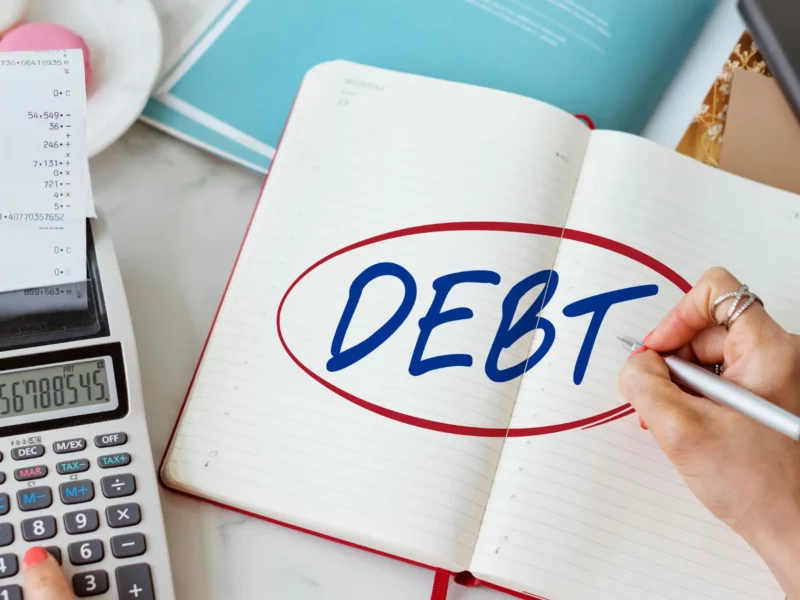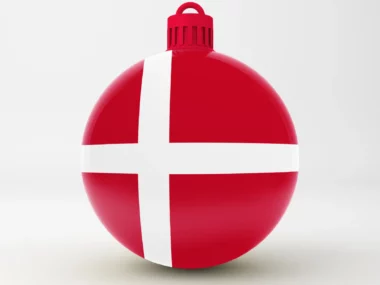Table of Contents
What is Debt Consolidation comes to mind when you find yourself in a situation where you’ve incurred so much debt that it is beginning to seem impossible to get out of it.
Between personal loans, student loans, credit cards, and auto loans, it might be a bit hard to keep track of all the debts you owe.
Additionally, having to make multiple payments every month is a herculean task as it splits your focus and ends up saddling you with these debts for a long time.
A great solution to this problem is to consolidate all your debts into a single loan so you can concentrate on making one monthly payment.
You can borrow enough money from one lender to settle your existing debts and owe money to just one creditor.
There are several options when it comes to debt consolidation including debt consolidation loans, home equity loans, home equity line of credit, personal loans, student loan refinancing and so on.
It is up to you to choose the option that best fits your situation so that you can be free of your financial burden as soon as possible.
To help you make a smart decision, we have painstakingly gathered all the pertinent information about Debt Consolidation and how it works.
What is Debt Consolidation?
Debt Consolidation is a money-management strategy where you take out one new, large loan to settle all the debts you currently owe. This can be done by taking a debt consolidation loan, balance transfer credit card, student loan refinancing, home equity loan or a HELOC.
How Debt Consolidation Works
Debt consolidation has to do with merging all the debts that you currently owe into a single loan that you start paying off.
Using debt consolidation, you can unify all your existing debts into one new debt by taking a personal loan, a new credit card, or a home equity loan.
After using the new loan to pay off your old debts, you will then start working towards settling the new one.
Regardless of the type of loan you take to consolidate your debts, if you find the right lender, you might be able to get a loan with favourable terms such as a low-interest rate.
You could also end up paying lower amounts monthly and this would go a long way in making your life more comfortable.
By consolidating your debt, you will be able to manage your finances better and focus on paying off just one debt instead of the multiple debts that you owe.
In Canada? see all you need to know about debt consolidation.
How to Consolidate Your Debts
Regardless of the consolidation option that you choose to use, the process of debt consolidation is usually simple and straightforward. Take a look:
1. Get offers: Contact different lenders to find out the loan packages that they have to offer. The package will include the loan amount, the duration of the loan, interest rate, fees and charges, and monthly payments.
2. Compare loan offers: After you have gotten some loan offers, compare them to find out which option best fits your situation.
3. Put together the necessary documents: The next step is to gather all the documents that may be required by the lender and get ready to apply.
4. Apply: You can now fill out a loan application form and submit the necessary documents.
5. Settle your debts: Once your application has been approved and you have gotten the loan, you can now go ahead to consolidate your debts.
Methods of Debt Consolidation
There are different routes to take to consolidate your debts so you can focus all your financial resources on settling one debt. They include:
Debt consolidation loan
This is a type of loan that turns multiple loan debts into one single loan so you can focus all your financial resources on making one monthly payment. Ensure to shop around for a debt consolidation loan with an interest loan that is lower compared to the one on your previous loan debts.
There are two types of debt consolidation loans namely; secured loans and unsecured loans.
1. Secured loans: These are the type of loans backed by a collateral such as your home or your car. They are often easy to get and their interest rates are usually low due to the collateral involved.
2. Unsecured loans: These loans don’t involve collateral which sometimes makes them a bit hard to get. They also tend to have higher interest rates compared to secured loans.
Personal Loans
These are the types of loans that can be used for different kinds of expenses. You can get it from a bank or a credit union and repay it with regular monthly payments for a set period of time and with a certain interest rate.
They are usually unsecured, meaning you don’t need to put down collateral to get them. Having a good credit score can help you get a personal loan with a favourable interest rate. You can get a personal loan, and use it to consolidate your existing debts.
Credit Cards
If you happen to have multiple credit card debts, you can always get a new credit card and transfer your current balances to them.
Since some credit cards offer an introductory period with 0% APR when you transfer your existing balances to them, you should have a grace of between 6 to 21 months to pay off your debts without having to pay interest.
However, you might have to pay a balance transfer fee which could be a particular percentage of the amount that you’re transferring.
Student loan refinancing
As a student with huge student loan debts, you can consolidate them by getting a massive private student loan with a fixed monthly payment which you will use to settle them all.
However, you should know that if you consolidate a federal loan, you will no longer enjoy some of the protections and benefits that accompany federal loans such as income-driven repayment and loan forgiveness.
Home equity loan
Home equity is the difference between the market value of your home and the balance on your mortgage. It is the entirety of your down payment during the acquisition of your mortgage and the amount that you have paid since then.
The home equity loan is a secured loan that you as a homeowner can get using the equity that you have in your home. This means you’re using your home as collateral for the loan.
Home equity loans often have low interest rates, so it is a great way to consolidate your loans and pay lower monthly payments. The downside however is that you risk losing your home if you are unable to repay the loan.
Home equity line of credit (HELOC)
A HELOC is a home equity loan that gives a homeowner access to as many funds as needed with a variable interest rate, just like a credit card. The total amount that you have access to is dependent on the equity that you have in your home.
A HELOC is a long-term loan that has an average draw period of 10 years.
Is Debt Consolidation the right move for me?
Although it has been established that debt consolidation is a great way to get out of debt, there are certain situations where it might not be a great idea.
Here are some of them:
1. When you don’t have a good credit score: If you have a poor credit score, you may want to steer clear of debt consolidation as a way out of your financial problem. This is because you could end up getting a loan with a high interest rate due to your poor credit and this might just complicate matters for you. Instead of reducing your debts, you may end up with an even bigger one.
2. Lack of financial discipline: If you don’t have control or discipline when it comes to spending money, using a credit card, an option of loan consolidation to merge your debts is definitely the wrong move for you. This is because there is a good chance you would end up overspending and then rack up a huge debt on the new credit card which would then incur even more debt for you.
3. If you can’t afford it: You should only consolidate your loans when you know you can afford to repay the large loan that you are about to take to pay off your existing debts.
Upsides and Downsides of Debt Consolidation
Before deciding to use debt consolidation to take care of your existing debts, it is advisable to know some of the upsides and downsides that they have.
Upsides of Debt Consolidation
1. It could improve your credit score: If you consolidate your debts and begin making timely payments on the new loan, this could potentially improve your credit score.
2. Reduced monthly payment: Since the new loan will have a long loan term, the amount that you are expected to pay every month is likely to reduce compared to paying off your loan debts individually.
3. It can streamline your finances: When you merge your debts into one loan, it greatly reduces the number of monthly payments and interests that you will have to deal with. It also reduces the chances of missing a monthly payment since all you have to worry about is a single monthly payment.
4. Reduced total interest: If you are able to get a favourable loan package, the interest rate that you will have to pay will be less compared to the totality of the interest on individual loan debts.
5. It may hasten payoff: Since you’ll be paying less in terms of monthly payment and interest, there could be enough money left each month to make extra payments, and this could end up hastening your payoff period.
Downsides of Debt Consolidation
1. Loss of collateral: If you choose to get a secured consolidation loan using your asset as collateral, you run the risk of losing the asset if you default on the loan.
2. You may end up paying more: Some debt consolidation loans may come with some additional fees that you will have to pay, and in the process, you may end up paying a lot more than you would have if you had settled your loan debts individually. Such fees include origination fees, closing costs, and so on.
3. High-interest rate: If you don’t have a good credit score, you might not be able to get a consolidation loan with a low-interest rate.
To summarize:
Debt consolidation, if used smartly, can be a great way to get out of debt. Consider merging your numerous debts into a single one so your financial burden can be alleviated.






